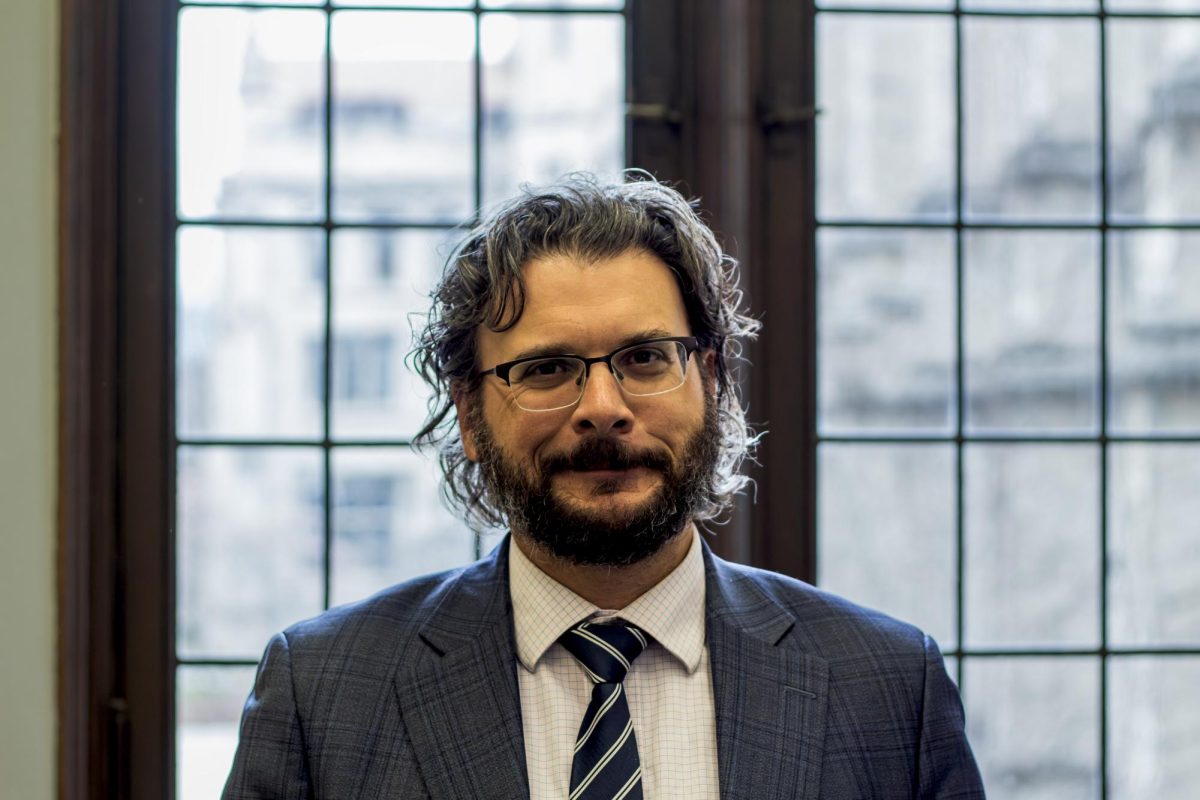With the hope of thwarting a major blackout—like the one that crippled the East Coast this summer—researchers at Argonne National Laboratory are testing software that predicts electricity consumption.
According to Yung Liu, a power engineer at Argonne, the program was designed to help power control center workers detect a local power failure, such as sagging lines that touch trees and then short out. The goal, Liu said, is to map possible pitfalls and prevent a more widespread, catastrophic loss of power.
“What you don’t want to see happening is the cascading aspect,” Liu said. “What you want to do is to prevent the local failures from spreading.”
The program, called TELOS, was developed at Purdue University during a two-year span that started in 2001, and is now being tested by Argonne, which is a Department of Energy facility run by the University.
TELOS simulates the effect of a localized power failure on the rest of an interstate power grid. It relies on little pieces of code, called agents, to perform many different tasks.
According to Lefteri Tsoukalas, a professor at Purdue University who helped create the program, these tasks include analyzing historical patterns of power consumption, checking to make sure that any power shortage is not going to cause a massive electrical failure, and recording the time of day.
“Agents are doing similar things that a technician or a person who is not bored watching numbers going by [would do],” Tsoukalas said. “We bring in an agent that says, ‘OK, it’s 4 o’clock in the afternoon, and based on your historical experience, I predict that at 5 o’clock you’ll be consuming this much power.'”
Just a single failure in a transmission line could have dire consequences as the demand for power in most metropolitan networks is so great that one failure could trigger a domino effect, with consequences similar to those of the blackout in New York on August 14, according to Liu.
“You have a lot of electricity that is being demanded, and the lines are being pushed close to the limit,” he said. “If you run too much electricity through the line, it will short. If one line shorts, there’s even less to go around, and you have to push even more electricity through the remaining lines.”
The program enables researchers to break down a large power grid that stretches for hundreds of miles into many smaller, more manageable grids.
Liu and his colleagues looked at the power consumed by Argonne over the past year and simulated its effects on a local grid.
The simulation was accurate to within three percent of the actual total, according to Liu, who believes that TELOS will be able to help power engineers predict, locate, and prevent future electrical crises.
“We are moving in that direction of having some ‘machine intelligence,'” Liu said. “You have a piece of software that you can train using real-time data and sensors to help the operators in the control room make the correct decisions.”
A small action to conserve electricity along a power line could prevent large problems in other areas of the electrical network, Tsoukalas said, explaining that, with planning, major blackouts could be prevented. “A mall or another building may have three air conditioning units, and they can do without one of them for a bit, and that could save a block or a city or even a state from losing power.”









